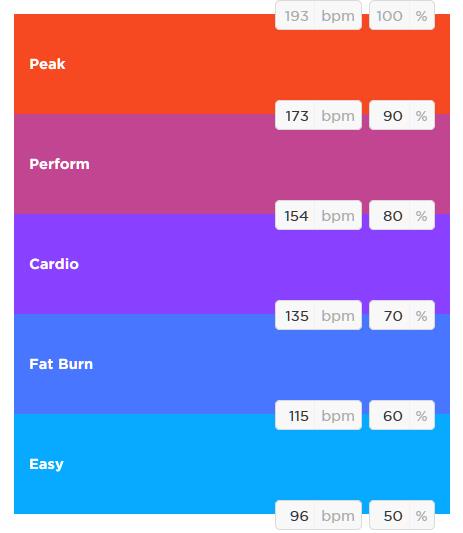I tried lots of new things on my run this morning:
New socks - More Miles San Diego, very comfortable
Running in the rain - Very cold and unpleasant, will try to avoid in the future
New side of the road - Who would have thought it could be such a different experience on the other side of the road?
New silicon gel toe separator - Comfortable and blackened toe doesn't seem to be any more blackened
New workout feature on TomTom - Hmmmm.
The TomTom's had an upgrade and I can now pick workouts to try. The one I chose was speed 45 minutes. The aim is to keep within certain heart rate zones at different times during the workout run. I've never done any heart rate training before so thought it would be an interesting experiment.
The first thing that struck me was I was spending a lot of time looking at my wrist rather than looking out for dogs, squirrels, obstacles etc. I was concentrating on my wrist so much that I was starting to get a frown headache by the end. The other thing I noticed was that it wanted me to run slowly, very slowly. Even the "work" pace was a slower pace than I'd run 10 km. Then it told me to "rest". What? Walk slowly? Stop? It was flippin' freezing this morning so no way I was going to stop. I was even feeling cold during the slow running bits. Whish I'd put my gloves on.
It was a real challenge to keep my heart rate within the zones. I managed it only 66% of the time and had to walk during some sections to keep the rate low enough. I got overtaken twice by other runners! I can't say I enjoyed the run-walk, but I did learn from it, and it was good to do something different. I learnt that I probably need to revisit the HR zones I previously worked out. But how do I do this?
The formulae are wildly inaccurate for me: 220 minus my age = 175 but my actual measured fastest is 193. Other formulae aren't any closer. I'm not serious enough about running to pay to get my max HR calculated properly and when I've hit 193 it felt as much as I could do. I've tested my watch and its measuring accurately to within a couple of beats, though I haven't checked during a run, just afterward.
I'm not going to get into HR training seriously, I'd miss missing the squirrels and trees and other seasonal stuff due to staring at my watch for most of the time. But, as an experiment, does anyone have any suggestions? The image shows what I've got set on my watch at the moment.

